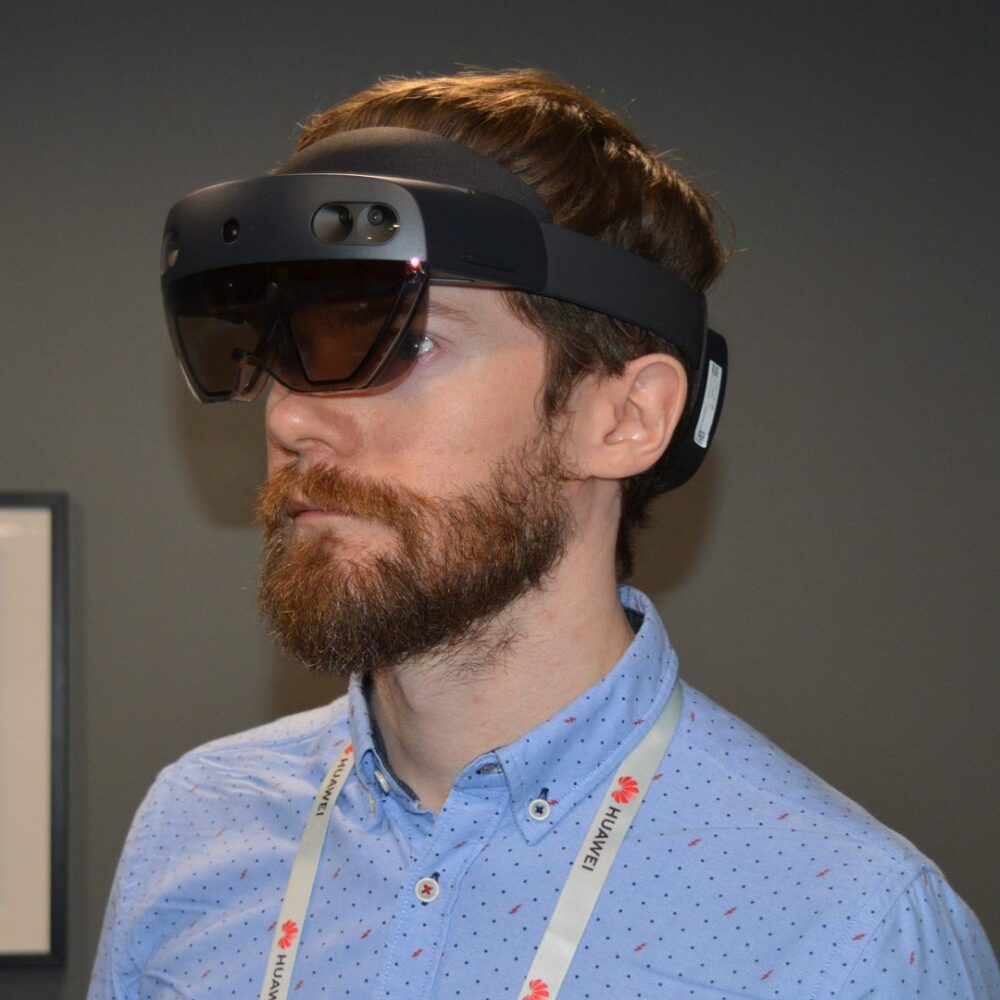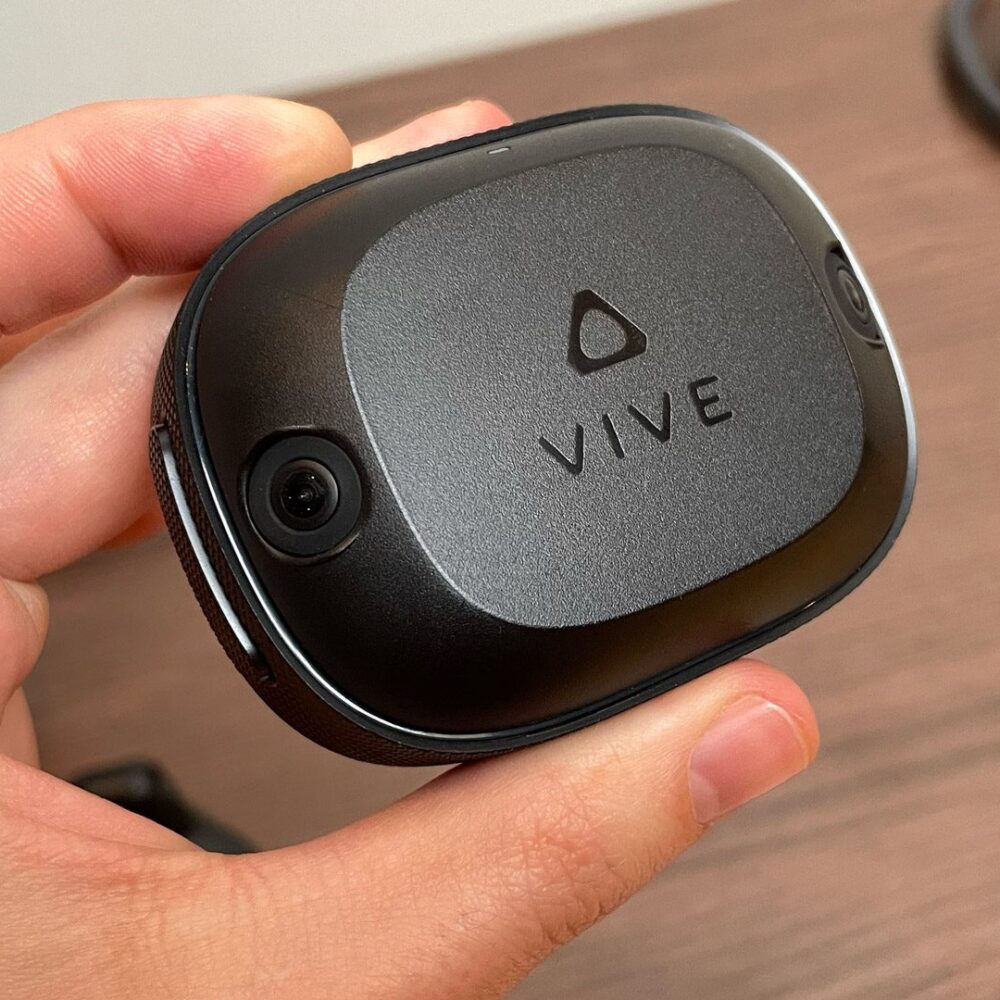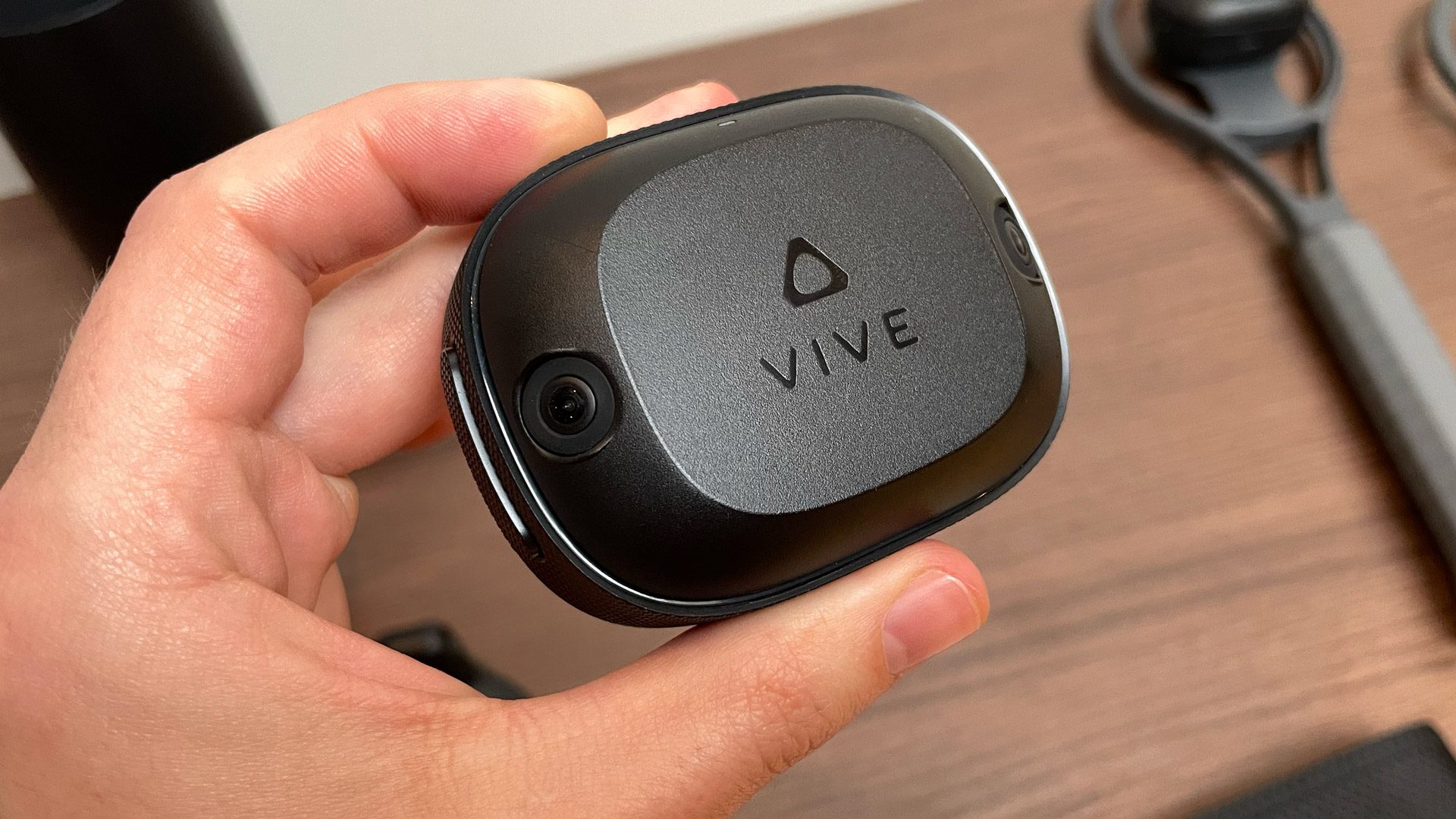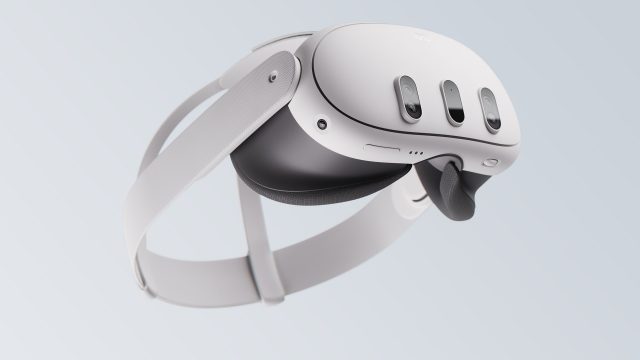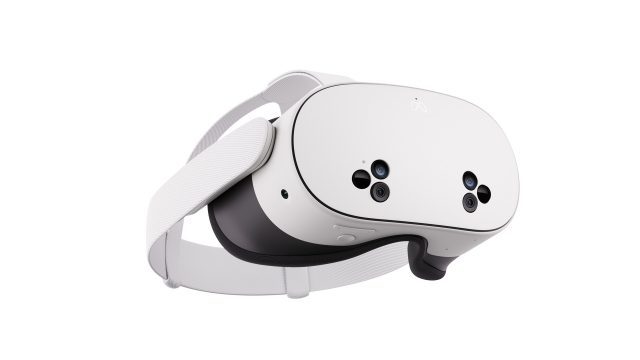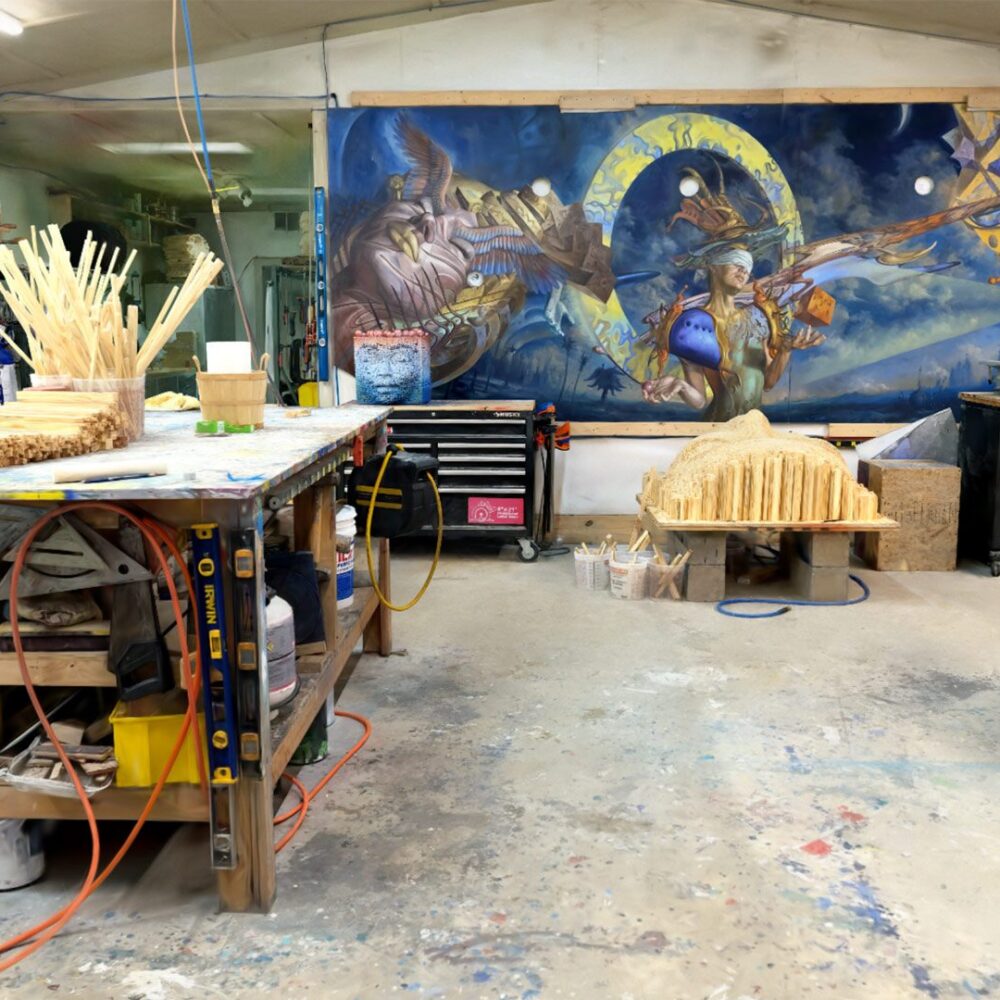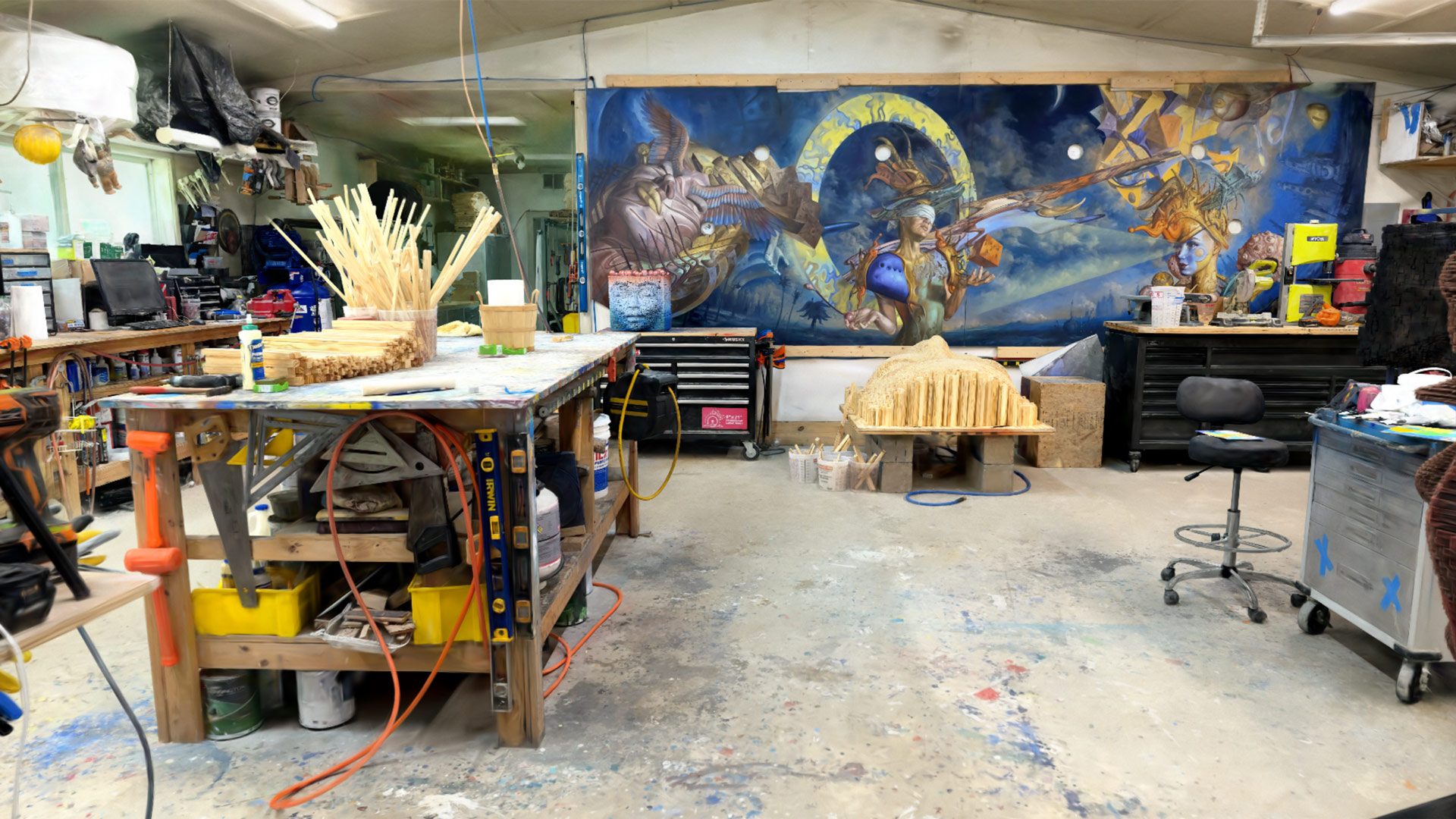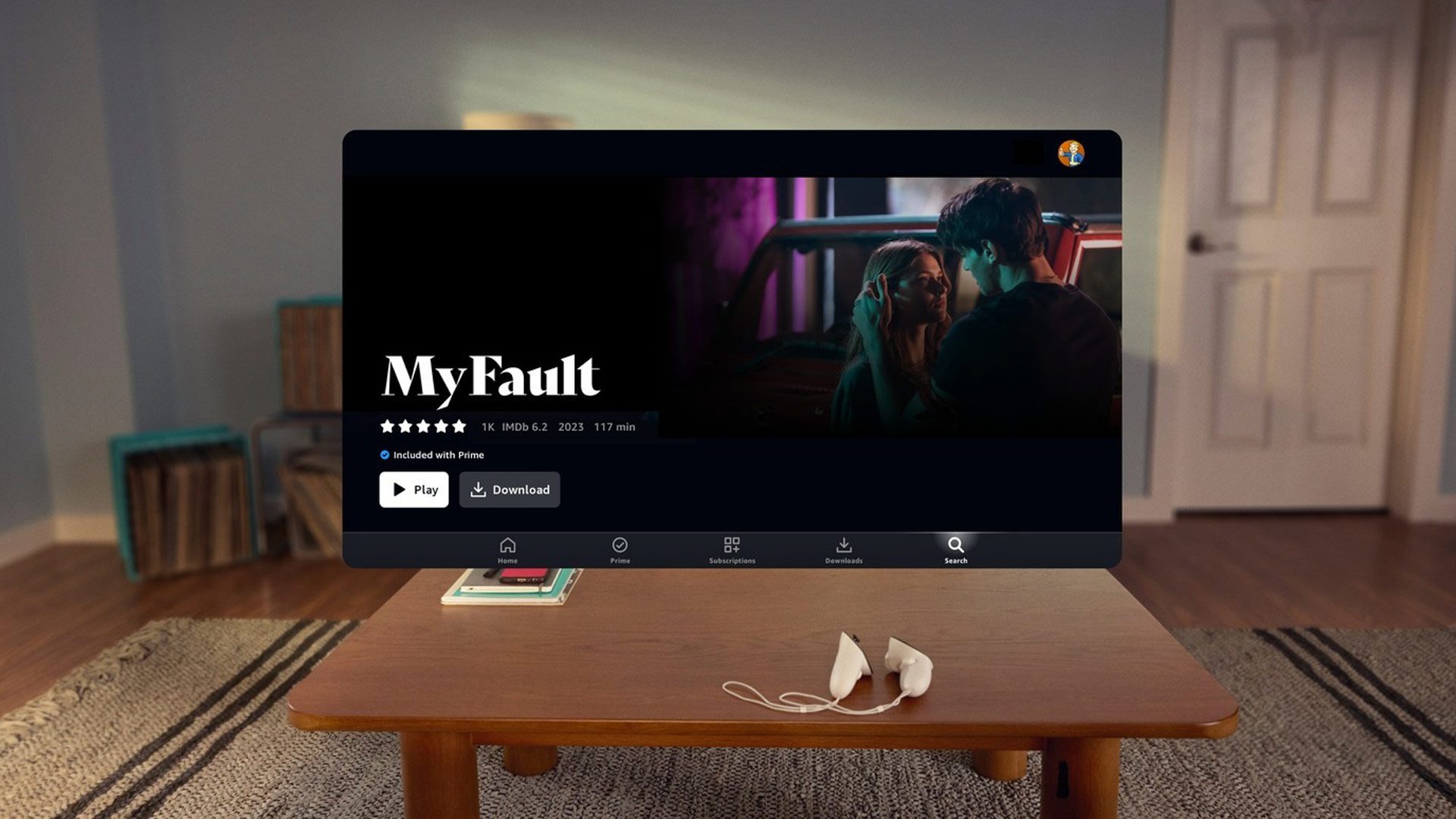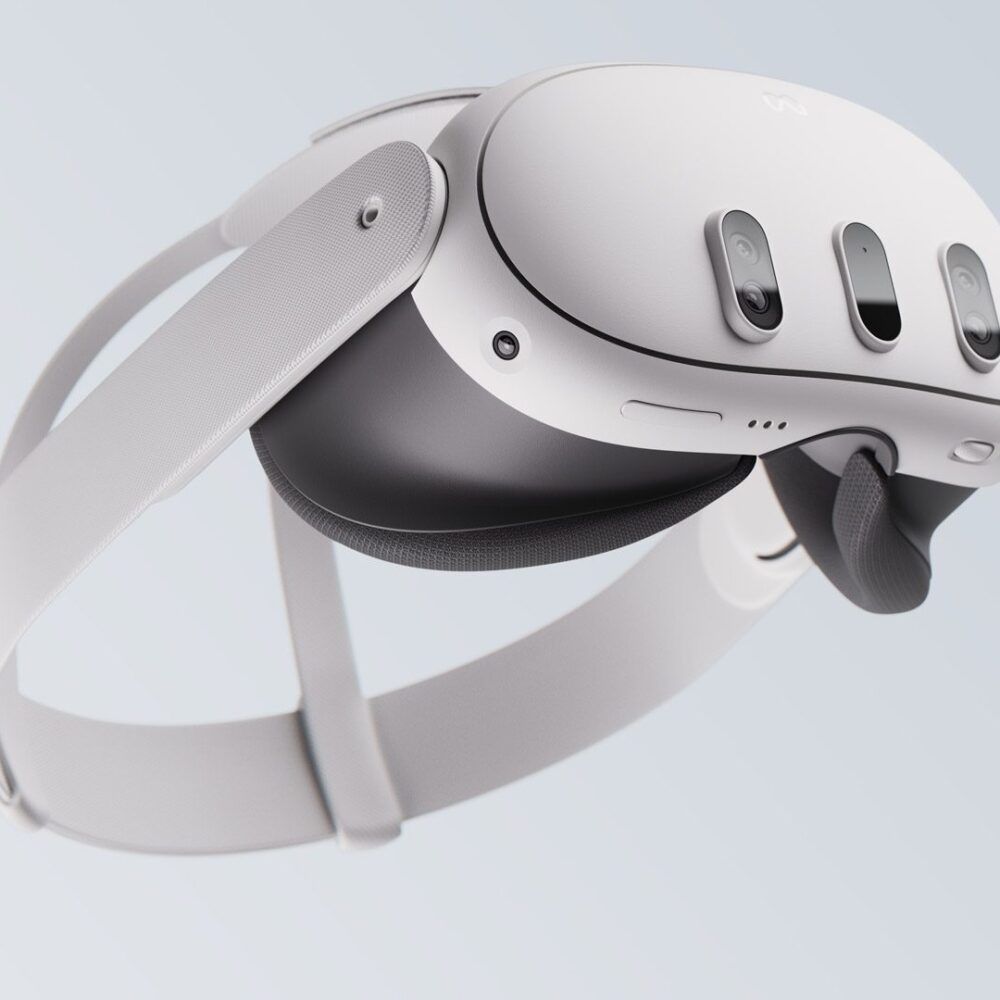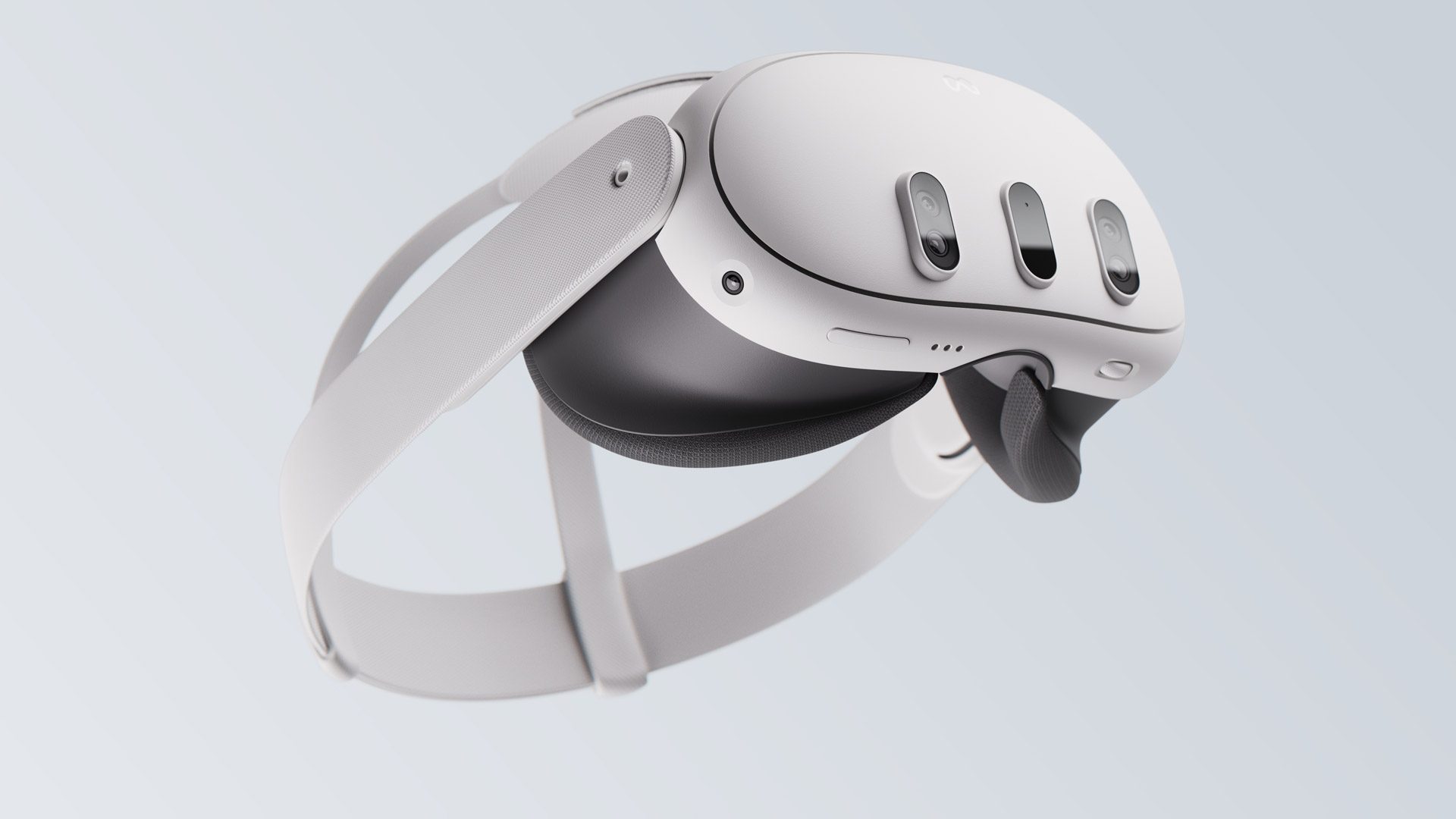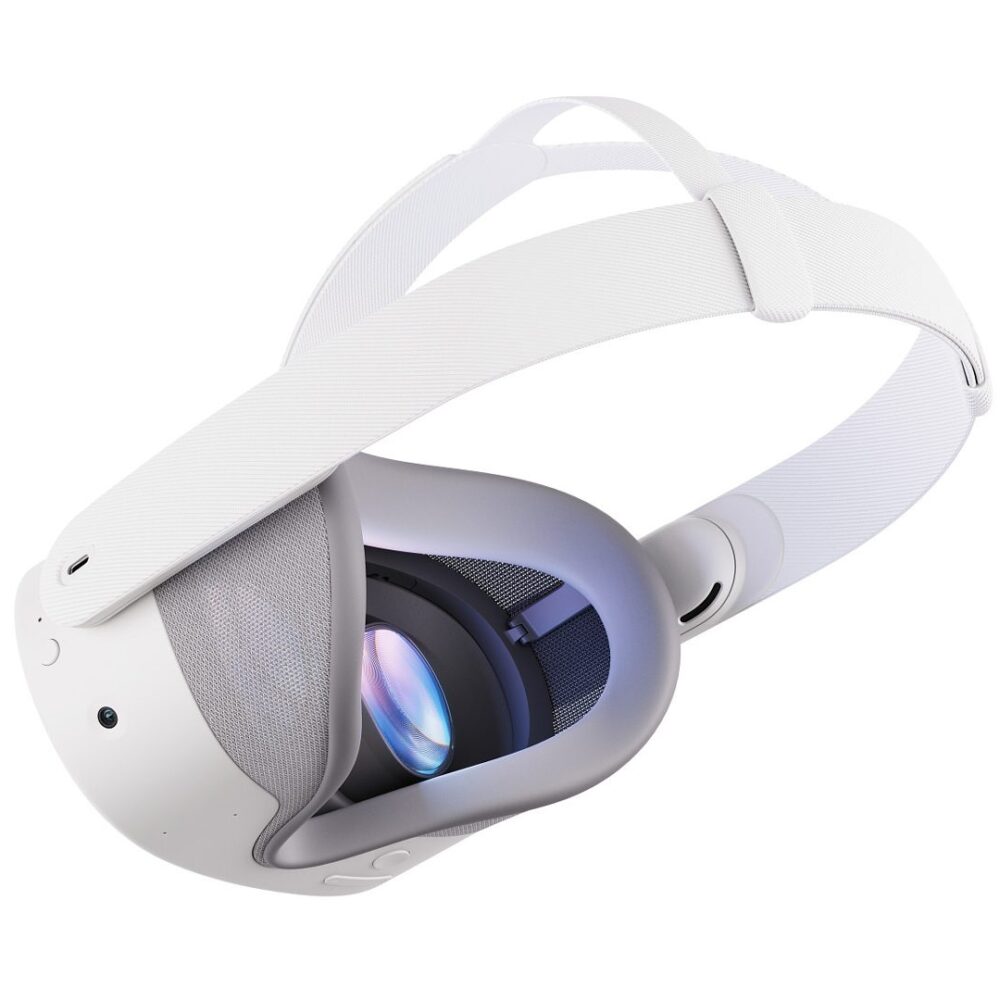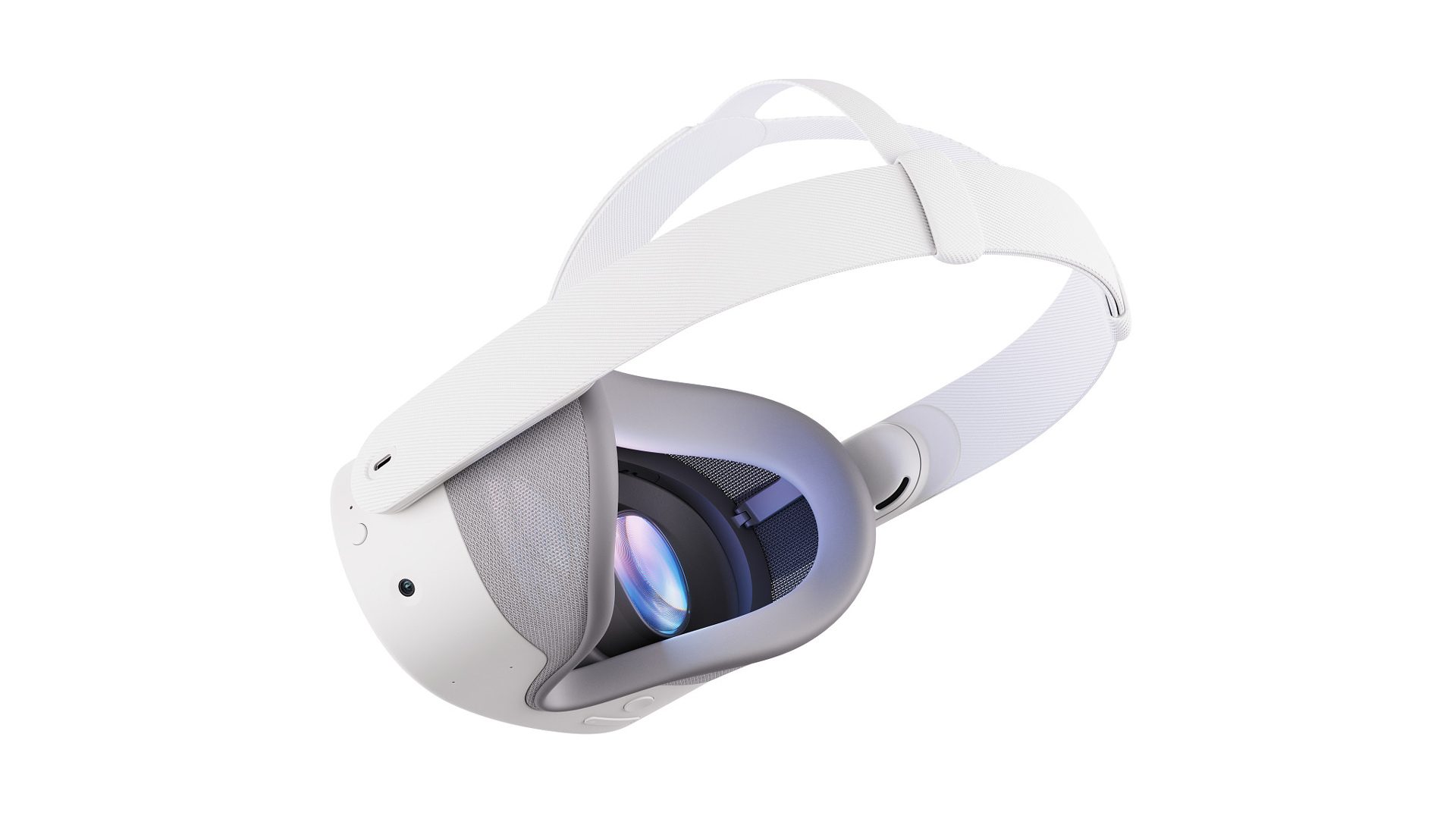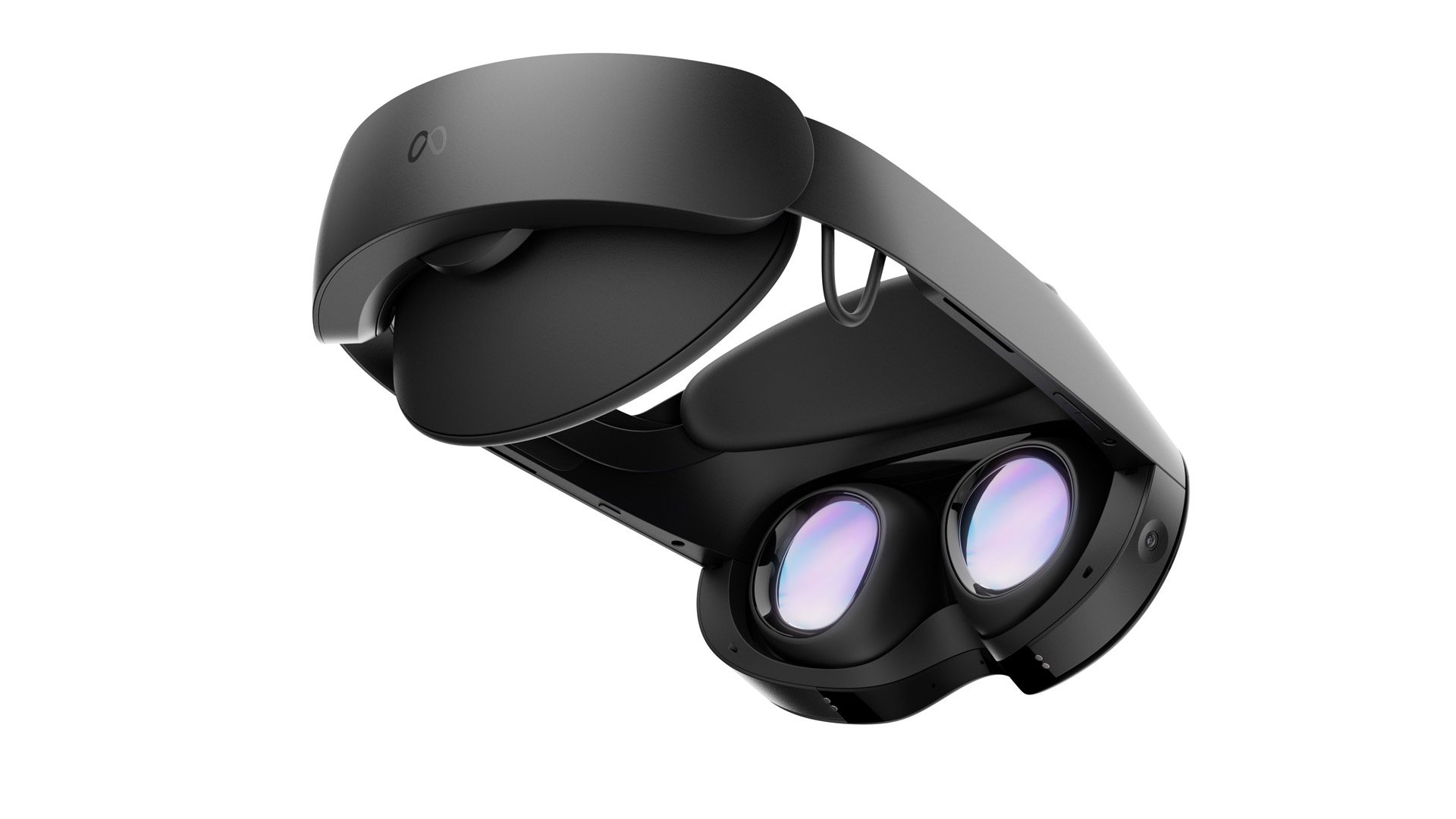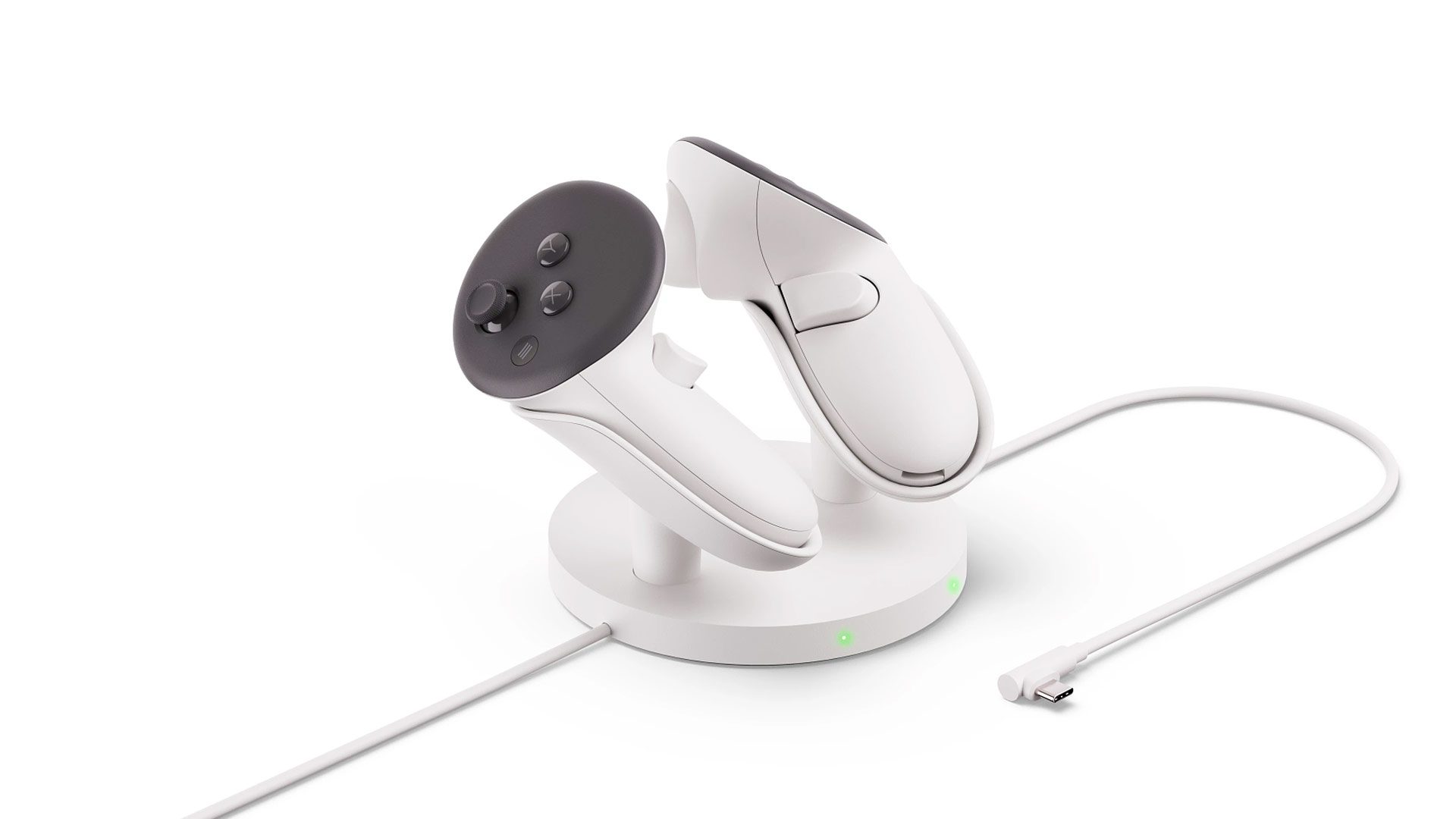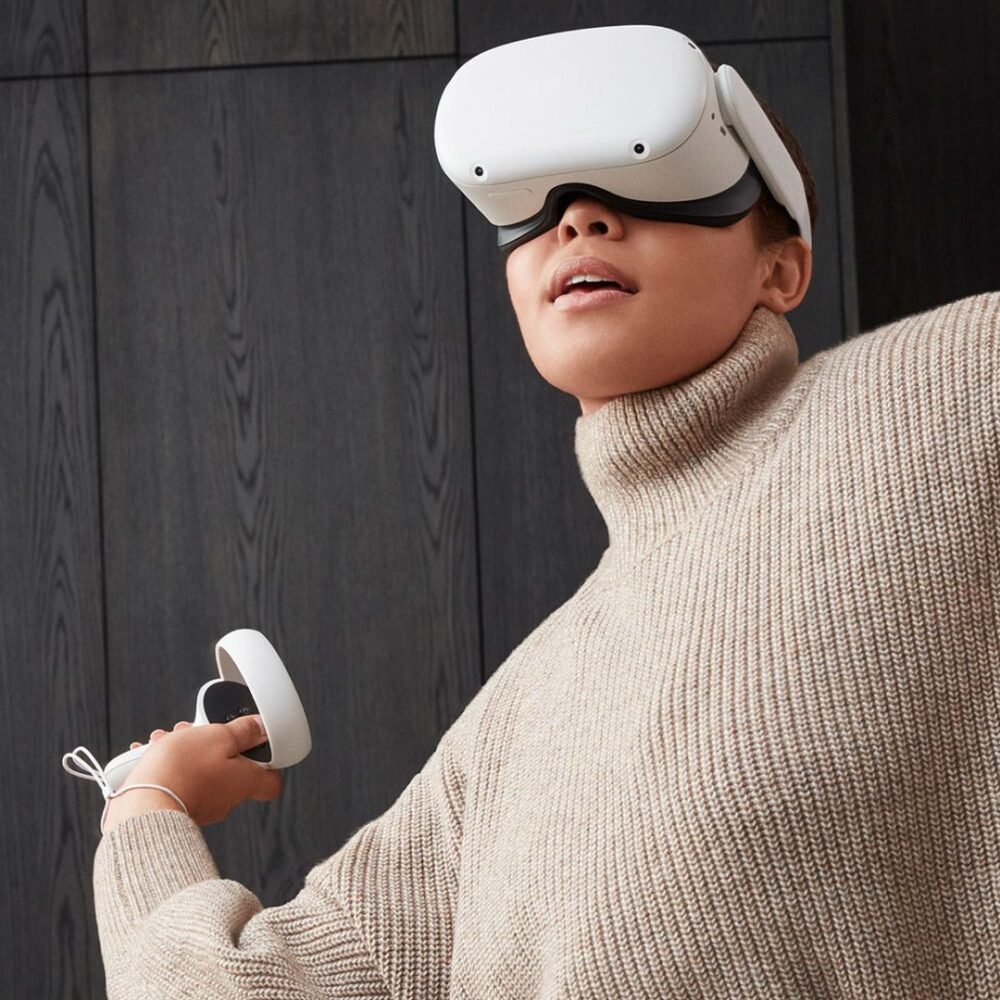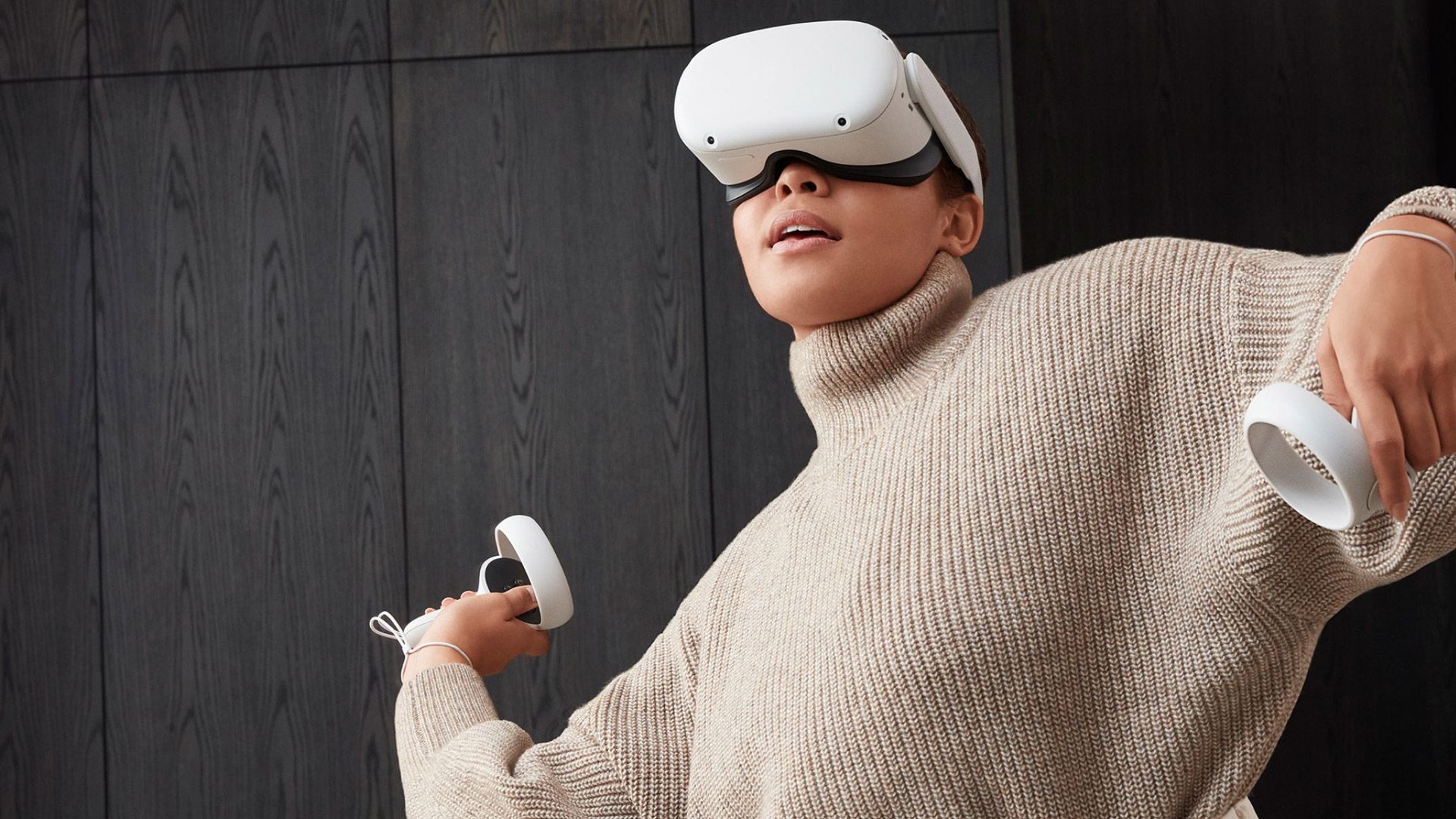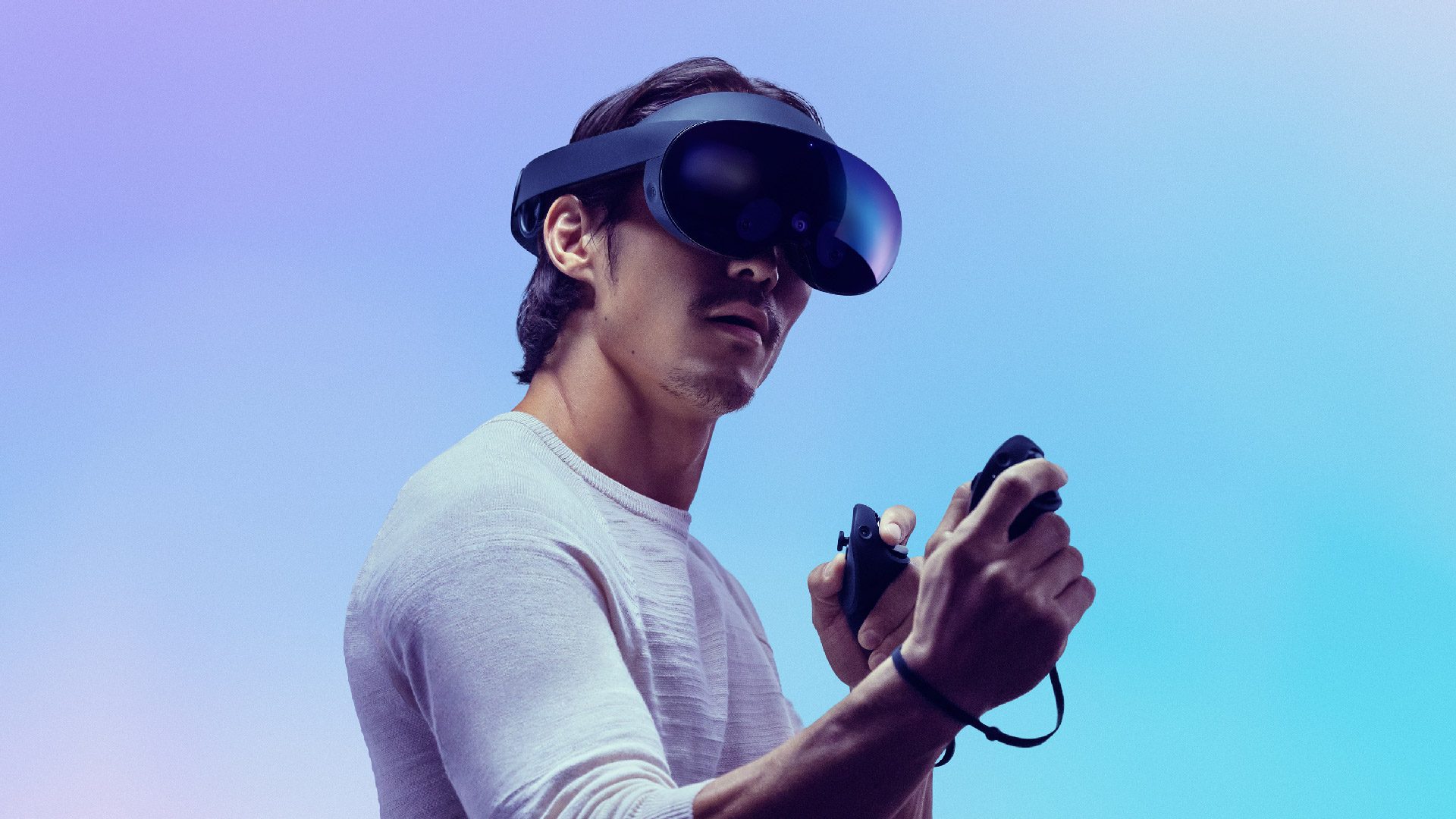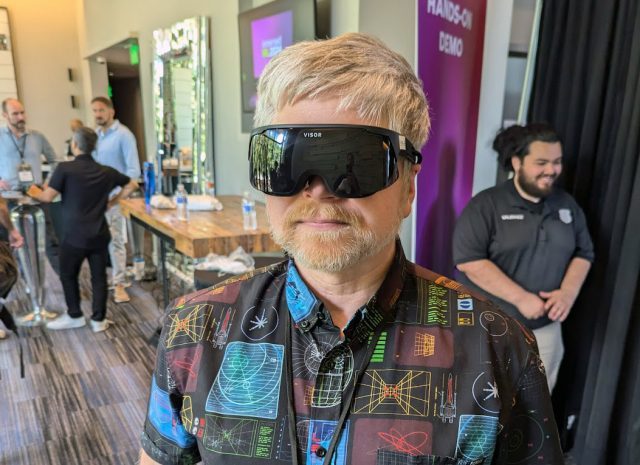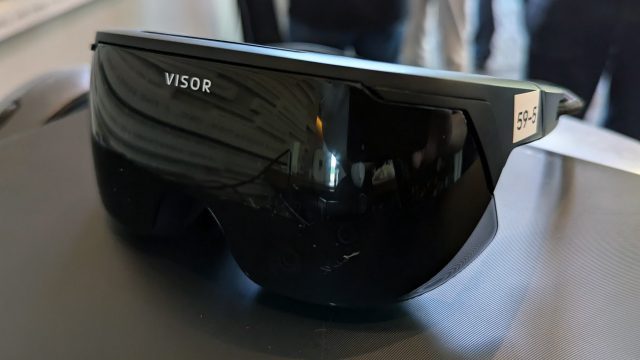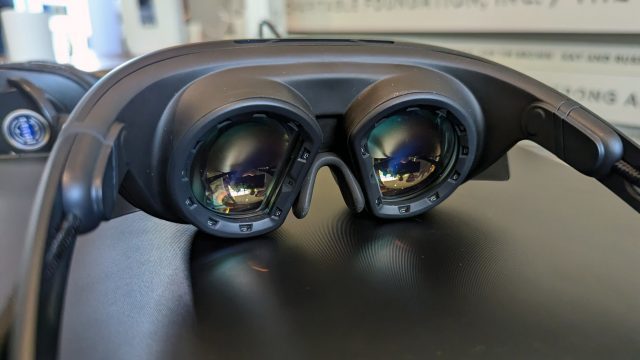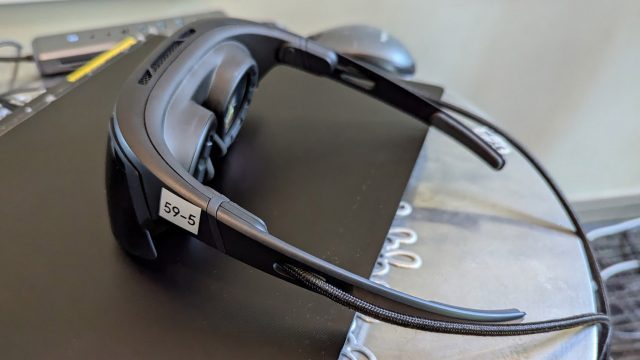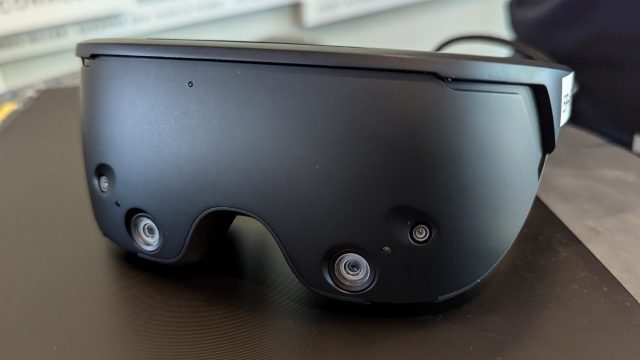Microsoft announced to enterprise partners last week that it’s discontinuing its latest AR headset, HoloLens 2, and pulling the plug on support updates at the end of 2027, leaving many to question whether the Redmond tech giant is shelving the platform altogether.
One such enterprise partner was Jens Lauritsen, Chief Product Officer of the Copenhagen-based XR startup Virsabi, who published the email from Microsoft detailing their plans.
In it (seen below), Microsoft announced the “Last Time Buy” for HoloLens 2, noting that remaining stock is on a first come, first served basis.
Additionally, Microsoft says HoloLens 2 will continue to receive security updates through December 31st, 2027, further noting the original 2016-era HoloLens will receive its final servicing update on December 10th, 2024.
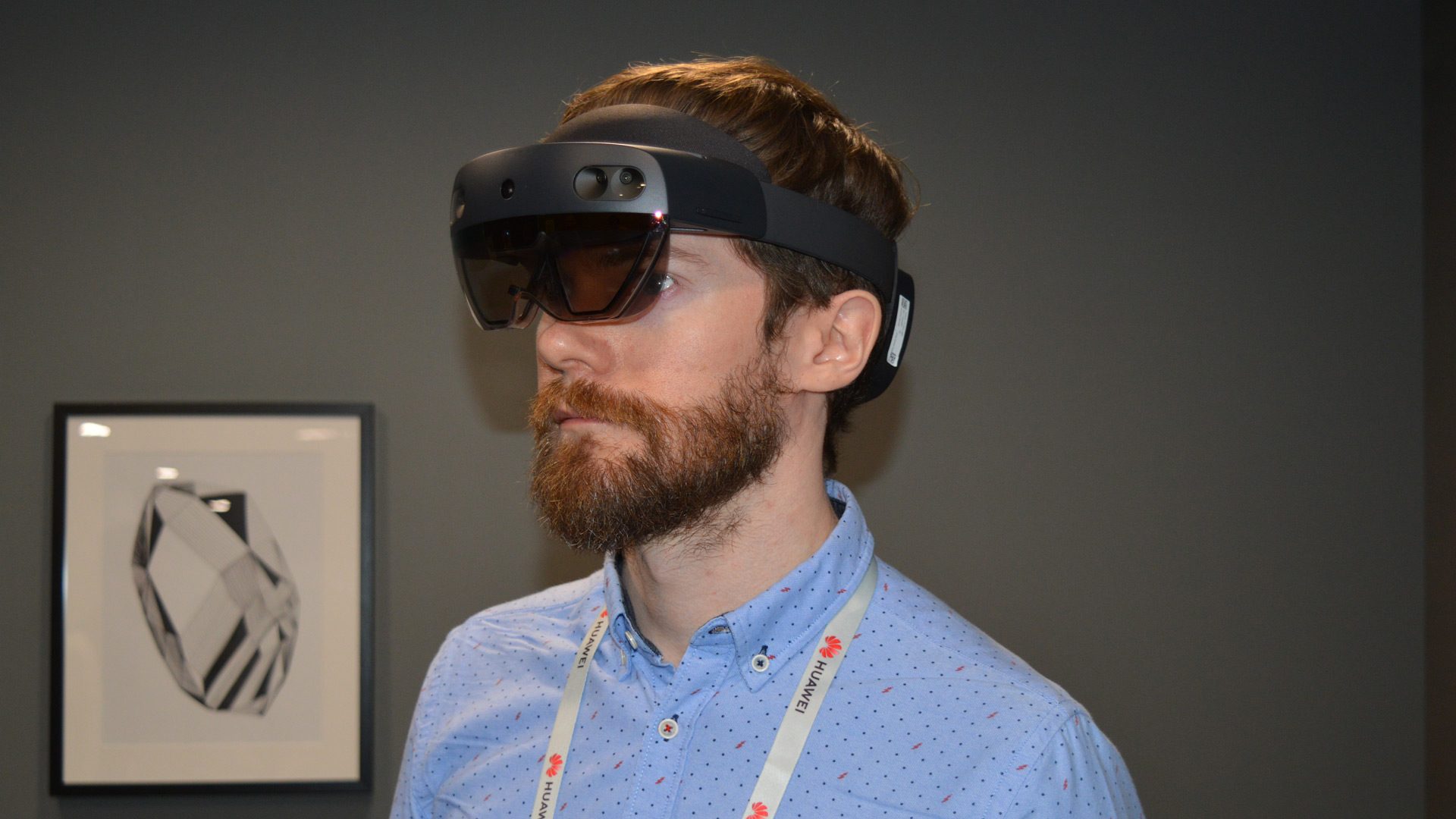
Released in 2019, that 2027 end date isn’t a terrible lifespan for HoloLens 2—or any mobile device for that matter. However if any company announced it was putting out a product to pasture without announcing a clear follow-up, it should rightfully raise a few eyebrows.
While purely speculative, some of it may have to do with the company shifting resources to refine HoloLens 2 into a military platform for its contract with the U.S. Army, worth up to $22 billion—creating what is also known as Integrated Visual Augmentation System (IVAS).
Tailoring HoloLens 2 into the Army’s own IVAS has proven to be a big challenge though, and it may even be replaced. A recent Breaking Defense report suggests the U.S. Army is preparing a new open competition, called “IVAS Next”, which could mean Microsoft could be replaced if it’s outcompeted by other manufacturers.
It’s uncertain whether Microsoft shelving enterprise versions of HoloLens 2 is at all related, however we’re bound to learn more later this year when the Pentagon starts with official solicitation for IVAS Next.
The Microsoft message published by Lauritsen follows below:
Dear Valued Mixed Reality Partner,
In follow-up to previous communication regarding the Mixed Reality Partner Program and HoloLens 2, we have additional information to share about HoloLens device availability and support.
HoloLens 2 Device Availability & Support update
-We are now announcing a ‘Last Time Buy’ for HoloLens 2.
-HoloLens 2 will be sold by Microsoft and its authorized channels subject to availability and sold on a first-come, first-serve basis. Please contact your authorized reseller or the Microsoft Store Business Desk for availability and ordering.
-HoloLens 2 devices will continue receiving updates to address critical security issues and software regressions that impact major functionality through December 31, 2027.
-The HoloLens 2 device warranty remains unchanged, specific to the device model purchased. Customer Service & Developer Support remains unchanged.
HoloLens (1st Gen) Device Support
-HoloLens (1st Gen) entered Long-Term Servicing (LTS) state on November 23, 2021, and the final servicing update will be December 10, 2024.
-After December 10, 2024, HoloLens (1st Gen) devices will continue to function, however will no longer receive security updates or technical support.
-There is no out-of-warranty support or inventory for device exchange. Customers are encouraged to purchase HoloLens 2 if a replacement device is needed.
